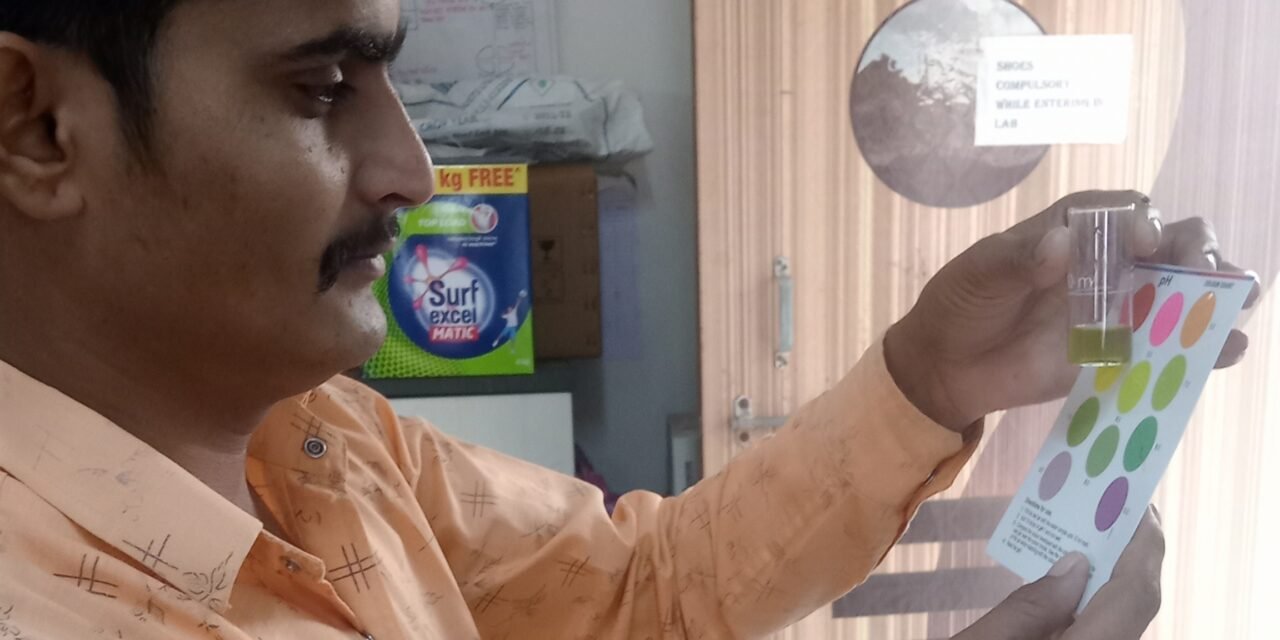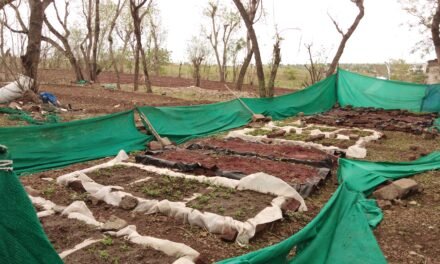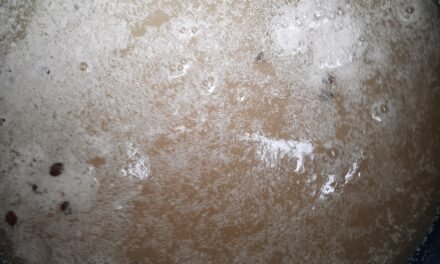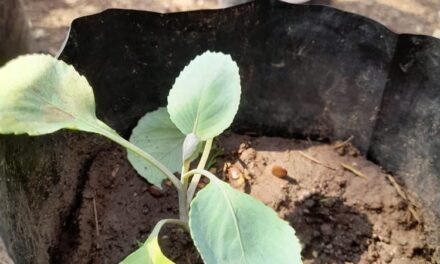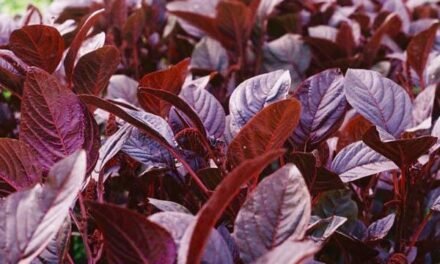Soil testing
soil test information
Healthy fertile soil gives healthy crop. That’s why it is necessary for the health of the soil, for the health of the crop, to have nutrients in the soil. Being in sufficient quantity in the soil, which makes it fertile and gives a healthy crop, such nutrients are-
- Natra (Nitrogen): The green color of crop dust emerges from the nutrient fluid. Natra promotes the development of the upper part of the soil of the crop.
- Phosphorus accelerates the root development of the crop.
- Potash (Potassium) – This element is a multifunctional factor. Light is an essential factor for synthesis, production of proteins, starch processing and sugar uptake. Increases the power to resist diseases and insects. Due to its absence, the size of grain and flower becomes tasteless instead of expected, production decreases. Acidic indicator (PH) and organic carbon (organic carbon) are the two important components. Due to their absence, the condition of the soil becomes poor.
- PH This component is important in providing nutrients to the crop. If the pH is not suitable, the availability of nutrients is obstructed. Due to proper pH, the soil definitely resists diseases and insects.
- Central Carbon (Organic Carbon) – It supplies nutrients. Organic carbon provides the highest capacity of soil for water retention and cation (metal) adsorption. Natrabandhak supplies food to insects. That’s why it is a good provision to check these nutrients and provide required amount of fertilizer to the soil. Can also save the wasted amount of fertilizer.
This would have two advantages,
- saving crop nutrients
- environmental protection
soil sampling and preparation
- The method of sampling is important to get the correct probability of the test. A soil sample that is truly representative of the entire area should be taken.
- If there is no crop in the area, soil sample should be taken before planting seeds and applying fertilizers. top and bottom
Don’t mix soil. Because in the rain the nutrients flow from the higher level to the lower level. - Use a clean bucket or plastic bag to collect the soil and mix it thoroughly
- Take soil sample from 6 to 10 areas and mix it well to make a representative sample.
- Make a six inch V shaped hole / bundle. Sample only the bottom of the pit. Take a soil sample from the top 2 inch level of the garden or nearby area, mix it all well and make a sample of 1 kg.
- Keep the soil sample in a clean polythene bag and keep it with the date of collection.
Enter the required details. - Break large pieces of clay into fine powder and test it only after drying it properly in the shade.
- Remove pebbles, stones and debris from the soil sample.
- Filter the soil with 2 mm filter and make a fine sample for testing.
- Keep the sample safe from any kind of contamination.
1. Organic Carbon Test Method
Sample preparation :
- Fill 2 grams of dry and homogeneous soil in a plastic test tube.
- 10 min in it. Took. Till D.M. Add water.
- Shake well and keep it for 30 minutes.
- Filter the water from the upper part of the test tube with filter paper and store it in another test tube.
- Use filtered water for testing.
Organic Carbon test:
- 2 ml of filtered water. Took. Water (by syringe) 10 ml of glass Fill it in the test tube.
- Put 15 drops of OC1 reagent in it. Shake well.
- Now carefully pour 75 drops of OC2 reagent into it.
- Keep it for 30 minutes.
Determine the amount of organic carbon by comparing the color with the help of the given color comparison sheet
2. pH test Test Method
Sample preparation:
- Fill 2 grams of dry and homogeneous soil in a plastic test tube.
- 10 ml in it. Till D.M. Fill the water
- Shake well and keep it for half an hour.
- Filter the water from the upper part of the test tube with filter paper and store it in another test tube.
- Use filtered water for testing.
ph test
- filtered water 10 ml. Took. Fill the glass test tube till
- Put 10 drops of pH1 in it.
- Place this test tube on the given color chart. Observe from just above the test tube.
- To match the color equality, try placing the color around the test tube near the round.
- After mixing with the same color shade of the test tube, the same color shade is the pH of the soil.
3. phosphorus Test Method
Sample preparation:
- Fill 1 gram of dry and homogeneous soil in a plastic test tube.
- 10 min in it. Took. Till then put the phosphorus reagent P1.
- Add one spoon of Phosphorous Reagent P2
- Shake well and keep it for half an hour.
- Filter the water from the upper part of the test tube with filter paper and store it in another test tube.
- Use filtered water for testing.
phosphorus test
- 2 ml of filtered water. (by syringe) 10 ml of glass. Fill it in the test tube.
- In the same (through the syringe) 2 ml. Took. Add Phosphorus Reagent LPR1.
- Then put 3 drops of Phosphorus Reagent LPR2 in it.
- 10 ml in it. Till D.M. Pour water Shake well and keep it for 5 minutes.
- The raised blue color indicates the amount of phosphorus as checked by the accompanying color comparison sheet
4. Nitrogen Test Method
Sample preparation :
- Fill 2 grams of dry and homogeneous mud (soil) in a plastic test tube.
- 10 min in it. Took. Till D.M. Add water.
- Shake well and keep it for 30 minutes.
- Filter the water from the upper part of the test tube with filter paper and store it in another test tube.
- Use filtered water for testing.
nitrogen test
- 5 ml with filtered water. Fill water (using the syringe) in a plastic test tube.
- Put one spoon of nitrogen reagent HNT1 in it. 3. Keep stirring occasionally for 5 minutes.
- Put 3 drops of nitrogen reagent HNT2 in it. Wait for 3 minutes.
- Now put nitrogen reagent HNT3 in it, stir well and keep it for 5 minutes.
- Of this, 1 ml. Fill the solution in another test tube. 5 min in it Took. Till the line of D.M. Pour water Shake well.
- This solution is another 5 ml. Took. into a small test tube and compare with the accompanying color comparison sheet
Read the quantity of natra by comparing red color through it.
5. Potassium Test Method
Sample preparation
- Fill 2 grams of dry and homogeneous soil (soil) in a glass test tube.
- 10 min in it. Took. Till put potassium reagent K1.
- Shake well and keep it for 10 minutes.
- Filter the water from the upper part of the test tube with filter paper and store it in another test tube.
- Use filtered water for testing.
Potassium test:
- 1 ml from filtered water. Took. (For Sironj) 10 mm of glass. Took. Fill it in the test tube.
- Put 1 drop of Potassium Reagent K2 in it. Shake well.
- Then in it (through the syringe) 2.5 ml. Took. Put potassium reagent K3.
- 10 min in it. Took. Till add DM water. Stir well and keep it for 20 minutes.
- Read the potassium content by checking the turbidity with the accompanying color comparison sheet.
water testing
Water is essential for the existence of life on earth. Due to environmental degradation and poor sanitary environment, water supply sources get contaminated with harmful micro-organisms. In developing countries, 80% of infectious diseases are waterborne and 50% of child deaths are due to diarrheal diseases.
This method-
cost effective
less time consuming
requires less expertise
User friendly water quality field test kit.
It can be used in remote area like slum, rural areas.
What is H2S strip test
The H2S test checks for microbial contamination in water. It is a rapid and qualitative test for the determination of Coliform present in drinking water which causes disease like Diarrhoea, Typhoid.
Testing on Existing H2S Strips
water test
Take water test bottle l Add water sample to each kit l Add collected samples (kitchen water and tap water) and incubate at room temperature for 48 hours
Check back results after 3 days l After 48 hours
Observation Table :-
Serial Number. sample name result
1 tab water positive (not potable)
2 kitchen water negative (potable)
Sameer Kulkarni Navdurg Pune (03/12/2022)
TDS=599
pH = 8.30
Ec = 1198

